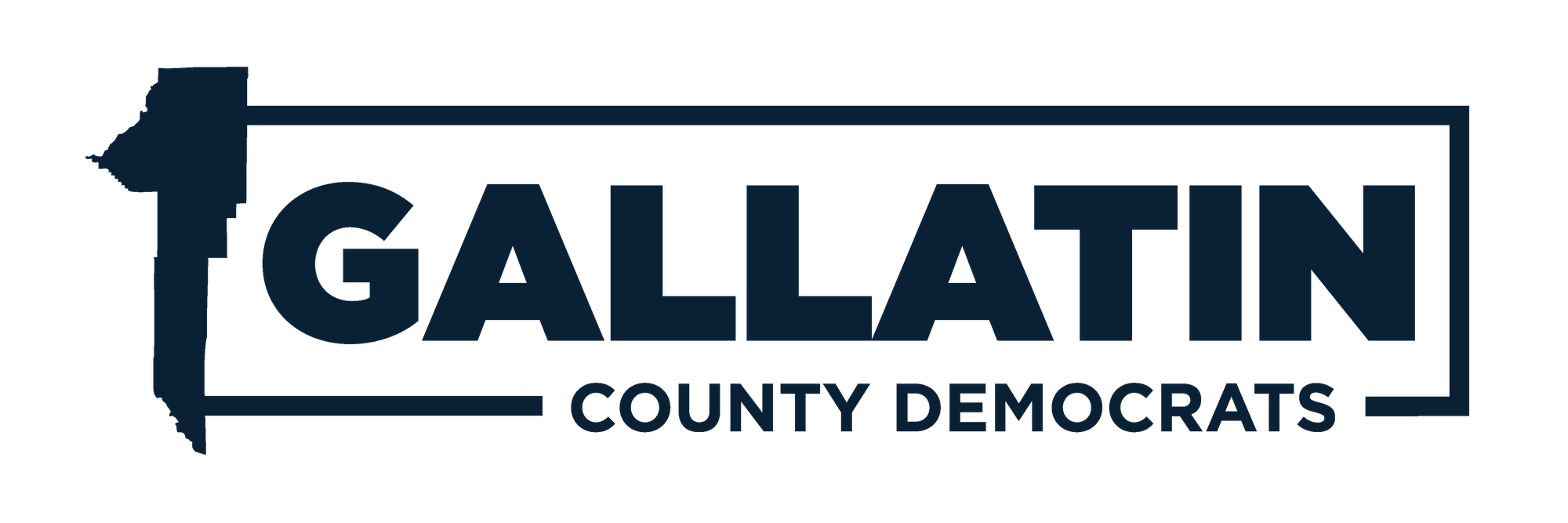By HEATHER O’LOUGHLIN
Guest Columnist
Helena’s contentious debate on the role of taxes has brought Montana to a critical crossroads: Do we follow the path of states like Kansas, which paid for tax cuts for the wealthiest with major cuts to education, infrastructure, and more?
Or will Montana stand up to wealthy interests and instead invest in our people and the services that will move our state’s economy forward?
Supporters of tax cuts for the wealthy disguise those cuts as an economic growth plan. In reality, tax cuts do very little for the average Montanan and cost our state millions in lost revenue. They also worsen Montana’s already upside-down tax code, in which families with lower and moderate incomes pay a higher share of their income in state and local taxes.
Under Senate Bill 159, the average Montanan will see a tax cut of $14 or less, while the wealthiest will receive an annual tax cut of over $1,000. This tax cut, which would lower the top income tax rate from 6.9% to 6.75%, will give those with the most income the most benefit. Nearly 80% of this cut will go to the wealthiest 20% of Montanans. This group did not feel the worst of the pandemic’s impact and already has the disposable income that could be spent to stimulate the economy. Meanwhile, many Montanans face uncertainty about their futures due to the financial impact of the past year. This bill, by and large, will not help them.
Making matters worse, the governor has proposed Senate Bill 182, which has a trigger to automatically give wealthy Montanans even more tax cuts in the future based off state revenue levels. Similar laws in other states have been detrimental and left those states unable to pay for basic public services, like K-12 education and roads. Decisions by the executive branch today could result in painstaking choices for policymakers in the future — either raise taxes or cut essential services further to reach a balanced budget.
The governor’s package of tax cut bills is expected to cost nearly $40 million per year, with the risk of even higher revenue losses under SB 182.
Montana has learned this lesson before. A few years ago, Montana experienced a revenue shortfall that led to massive budget cuts. Communities are still feeling the pain of lost jobs, closed businesses, and families struggling to find services for their loved ones.
How much more can our communities take?
Lawmakers have a choice to make. They can cut taxes for the wealthy, doing little to support the vast majority of Montanans or stimulate the economy. Or they can make the choice to support families struggling during hard times. They can make long-term funding decisions that strengthen our communities and our state for years to come. They can support our businesses, our people, and our communities — big and small — by investing in broadband, worker training, affordable housing, and child care: the very things that working families need to succeed.
These tax cut proposals will not help most Montanans, will cost our state in the long run, won’t help our economy, and most importantly, do not reflect Montanans’ shared values of fairness, equity, and concern for our communities. Let us keep an eye out for our fellow Montanans and pass legislation and funding that improves lives, rather than valuing the wealthy over the rest of us.
Heather O’Loughlin is the co-director of the Montana Budget & Policy Center, a nonprofit organization focused on research and advancement of public policies that help families living on low incomes.
Under Senate Bill 159, the average Montanan
will see a tax cut of $14 or less, while the
wealthiest will receive an annual tax cut of
over $1,000. This tax cut, which would lower
the top income tax rate from 6.9% to 6.75%,
will give those with the most income the most
benefit. Nearly 80% of this cut will go to the
wealthiest 20% of Montanans.
Bozeman Daily Chronicle Guest Editorial 2/26/21

